What Is Field Brome – Information About Field Brome Grass
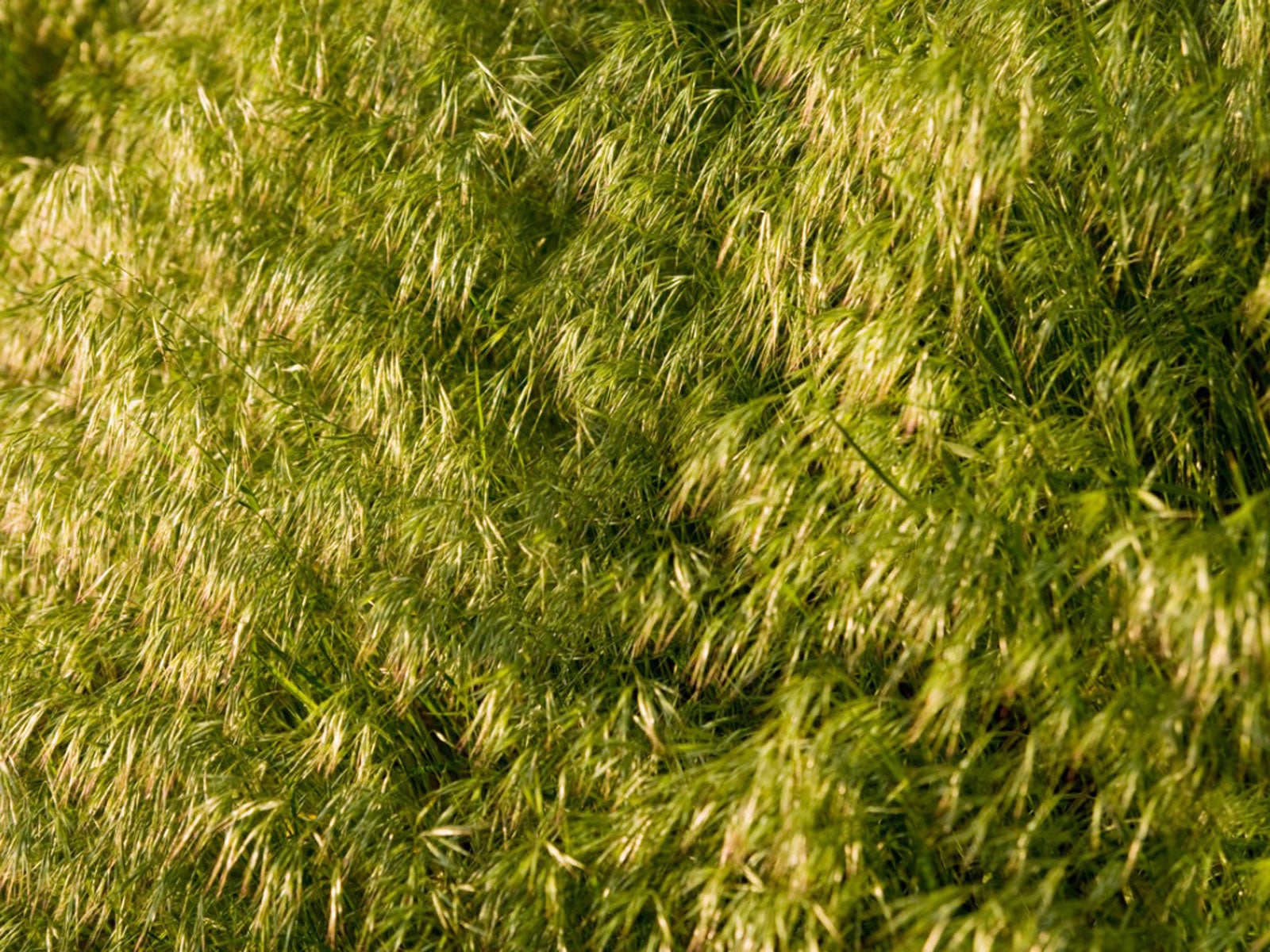

Field brome grass (Bromus arvensis) is a type of winter annual grass native to Europe. First introduced to the United States in the 1920s, it can be used as a field brome cover crop to control erosion and enrich the soil.
What is Field Brome?
Field brome belongs to the brome grass genus containing over 100 species of annual and perennial grasses. Some brome grasses are important forage plants while others are invasive species that compete with other native pasture plants.
Field brome can be differentiated from other brome species by the soft, hair-like fuzz that grows on the lower leaves and stems, or culms. This grass can be found growing wild along roadsides, wastelands, and in pastures or croplands throughout the United States and southern provinces of Canada.
Field Brome Cover Crop
When using field brome as a cover crop to prevent soil erosion, sow seeds in late summer or early autumn. During the fall, plant growth remains low to the ground with dense foliage and considerable root development. A field brome cover crop is suitable for grazing during the fall and early spring. In most areas, it is winter hardy.
Field brome experiences rapid growth and early flowering in the spring. Seed heads usually appear by late spring or early summer, after which the grass plant dies back. When using it for a green manure crop, till the plants under during the pre-bloom stage. The grass is a proficient seed producer.
Is Field Brome Invasive?
In many areas, field brome grass has the potential to become an invasive species. Due to its early spring growth, it can easily crowd out native grass species which come out of winter dormancy later in the season. Field brome robs the soil of moisture and nitrogen, making it even more difficult for native plants to flourish.
Additionally, the grass increases plant density by tillering, a process in which plants send out new grass shoots containing growth buds. Mowing and grazing stimulate tiller production. As a cool season grass, late fall and early spring tillering further displace native pasture forage.
Gardening tips, videos, info and more delivered right to your inbox!
Sign up for the Gardening Know How newsletter today and receive a free copy of our e-book "How to Grow Delicious Tomatoes".
Before planting in your area, it's advisable to contact your local cooperative extension office or state agricultural department for field brome information regarding its current status and recommended uses.

Laura Miller has been gardening all her life. Holding a degree in Biology, Nutrition, and Agriculture, Laura's area of expertise is vegetables, herbs, and all things edible. She lives in Ohio.
-
 12 Lush Alternatives To A Lawn For Sustainable Spaces
12 Lush Alternatives To A Lawn For Sustainable SpacesAlternatives to a lawn are beautiful and also beneficial to your local ecosystem and its pollinators. Explore our top picks for plants to replace grass.
By Tonya Barnett
-
 Types Of Tomatoes Explained: Explore The Many Wonderful Shapes, Colors, Flavors, & Best Uses
Types Of Tomatoes Explained: Explore The Many Wonderful Shapes, Colors, Flavors, & Best UsesThe world of tomato varieties is vast and fascinating. Learn about the key types to grow in your garden, tailored to your preferences and space.
By Amy Grant
-
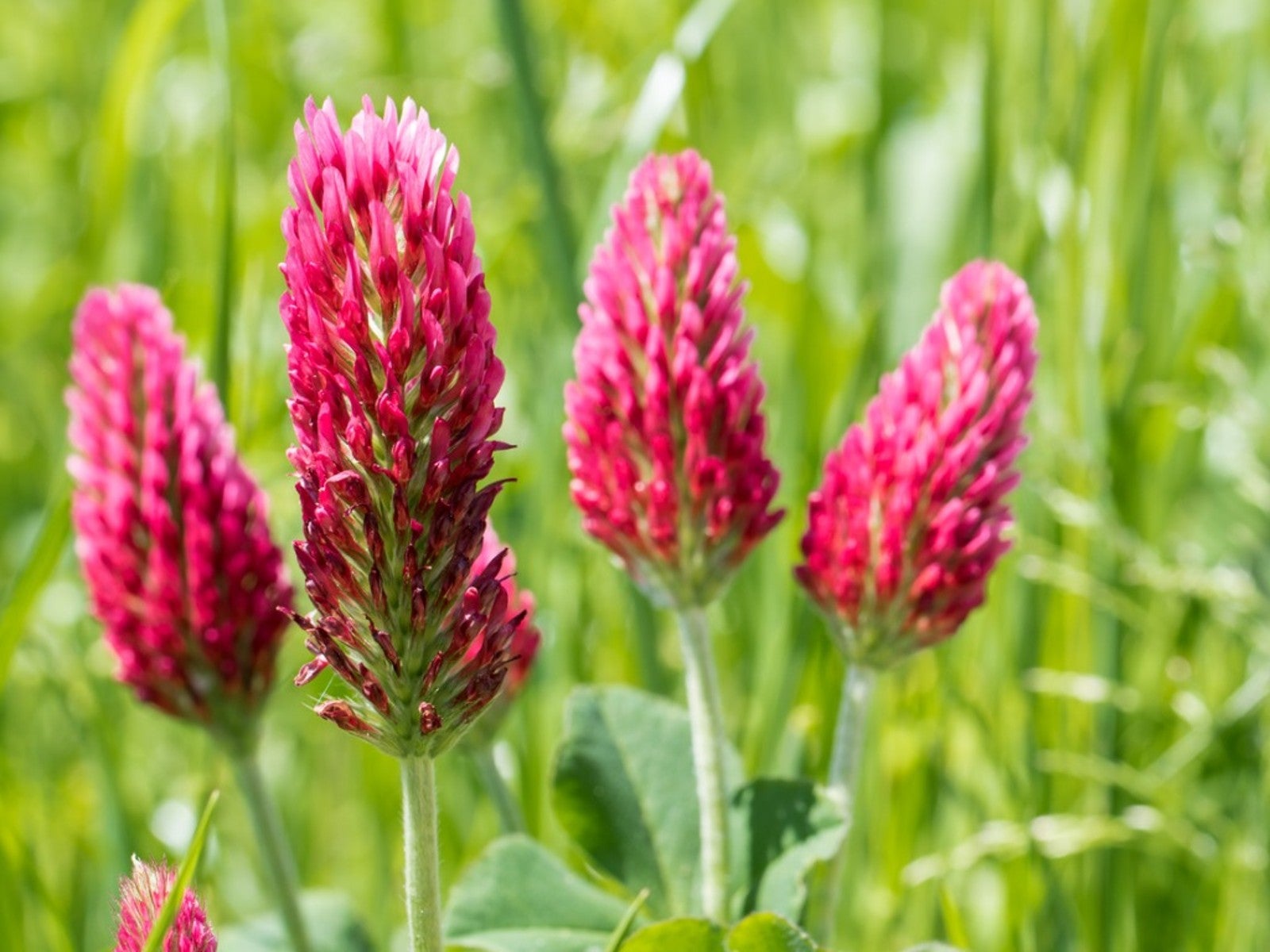 Best Late Summer And Early Fall Cover Crops
Best Late Summer And Early Fall Cover CropsPlanting cover crops is a gift you can give to your garden’s soil. Read on to learn about planting cover crops in late summer.
By Bonnie L. Grant
-
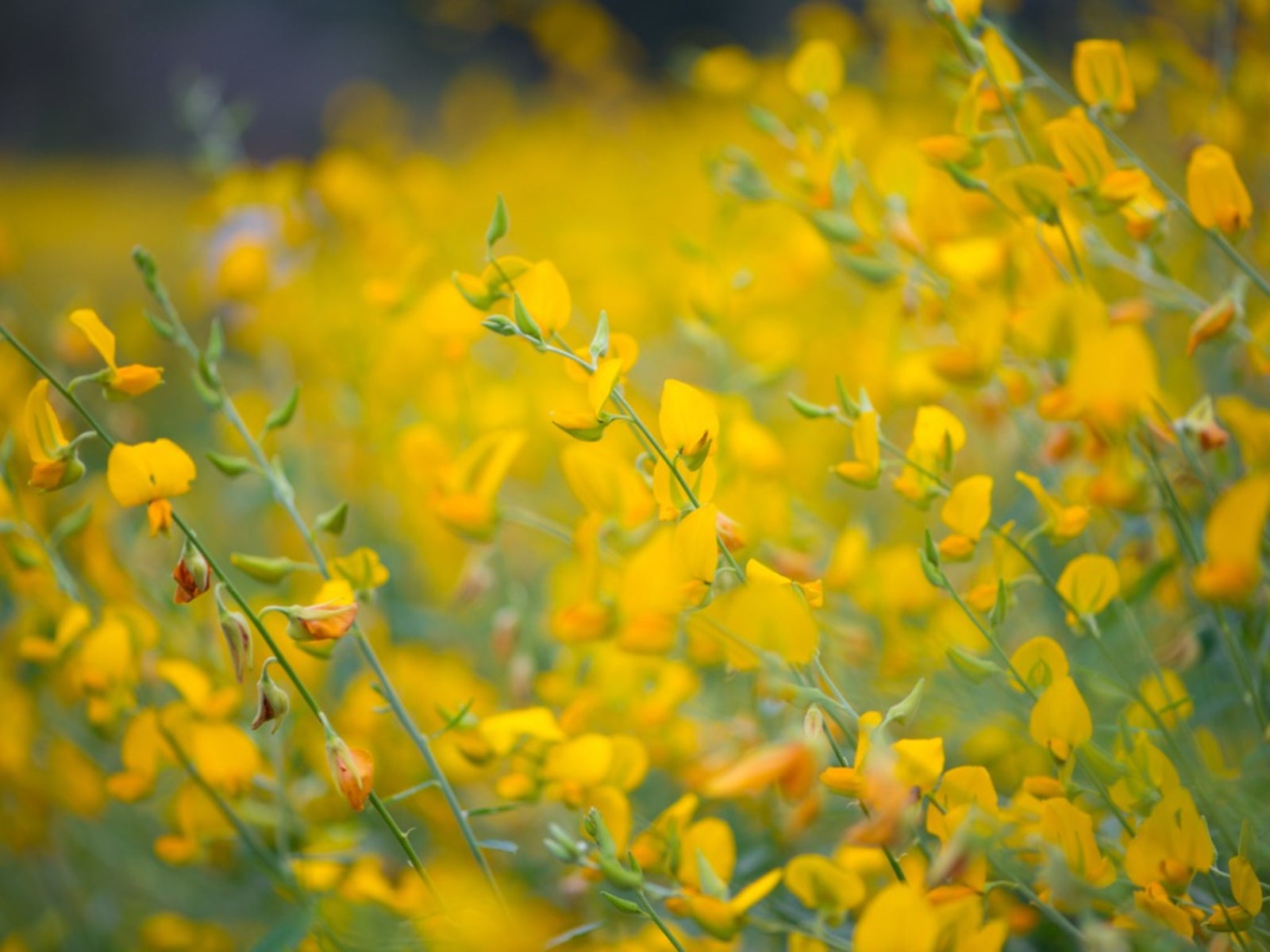 Sunn Hemp Plant Info – Learn Sunn Hemp Uses And Care
Sunn Hemp Plant Info – Learn Sunn Hemp Uses And CareSunn hemp grass is a warm weather grass. Click to learn more about Sunn hemp uses as well as helpful tips on growing Sunn hemp as a cover crop.
By Mary H. Dyer
-
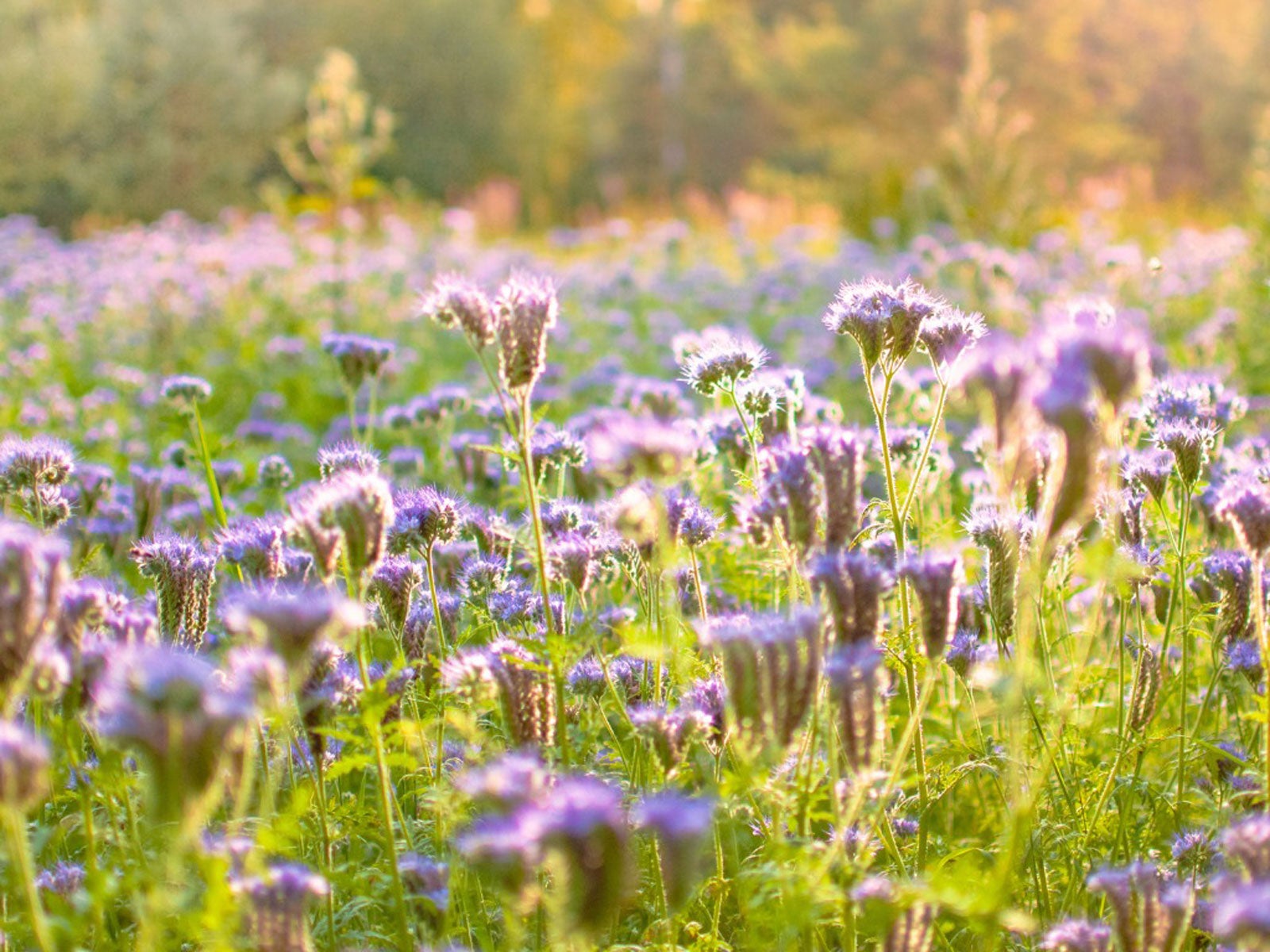 Native Cover Crops: Vegetable Cover Cropping With Native Plants
Native Cover Crops: Vegetable Cover Cropping With Native PlantsAre there any benefits to using native plants as cover crops? Click here to learn more about vegetable cover cropping with native plants.
By Laura Miller
-
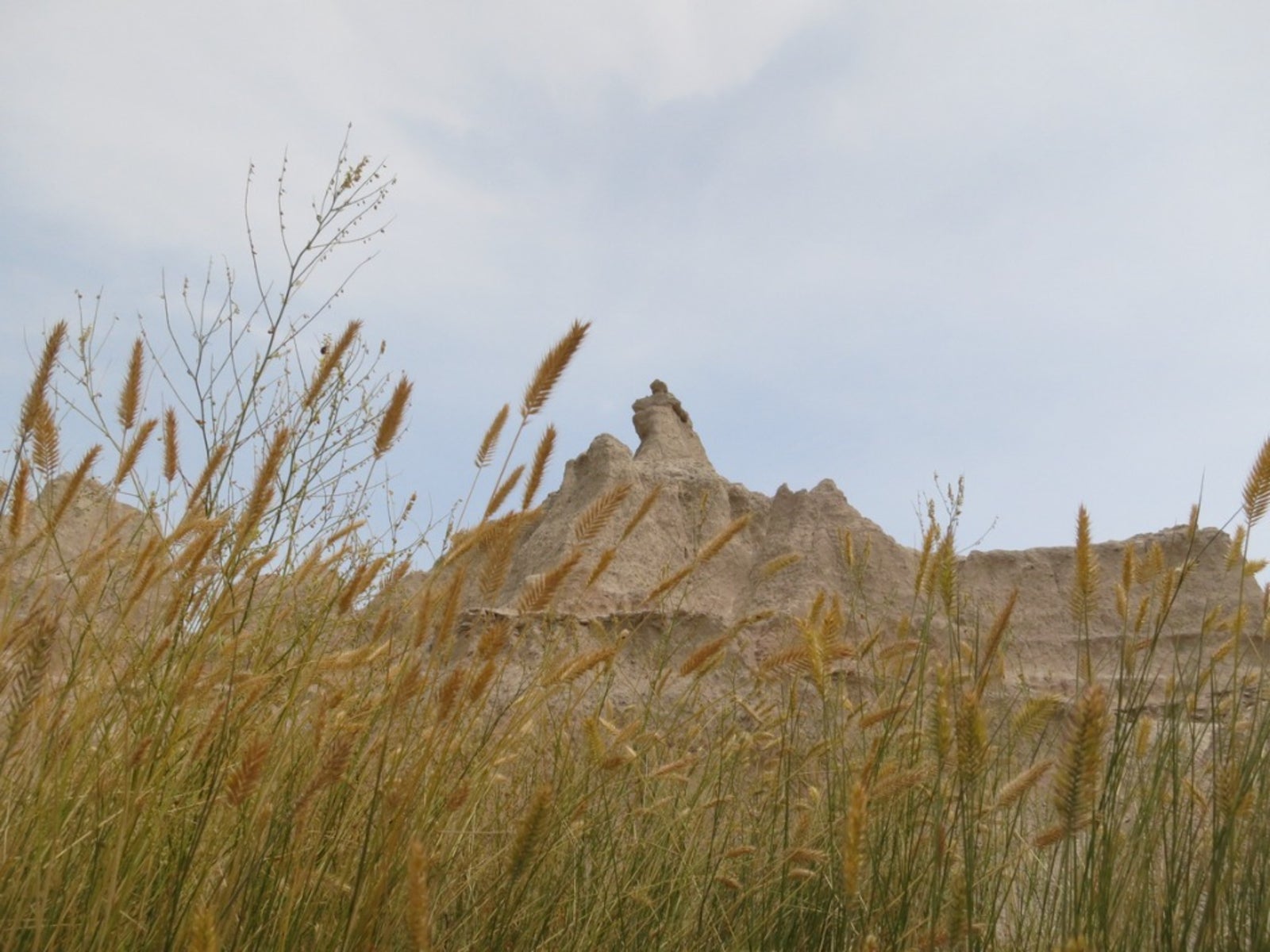 What Is Western Wheatgrass – How To Grow Western Wheatgrass
What Is Western Wheatgrass – How To Grow Western WheatgrassWheatgrass is native to North America and graces the Southwest, Great Plains and mountainous regions of the western U.S. It has some erosion control benefits but using western wheatgrass for grazing is the primary purpose. Learn more about it here.
By Bonnie L. Grant
-
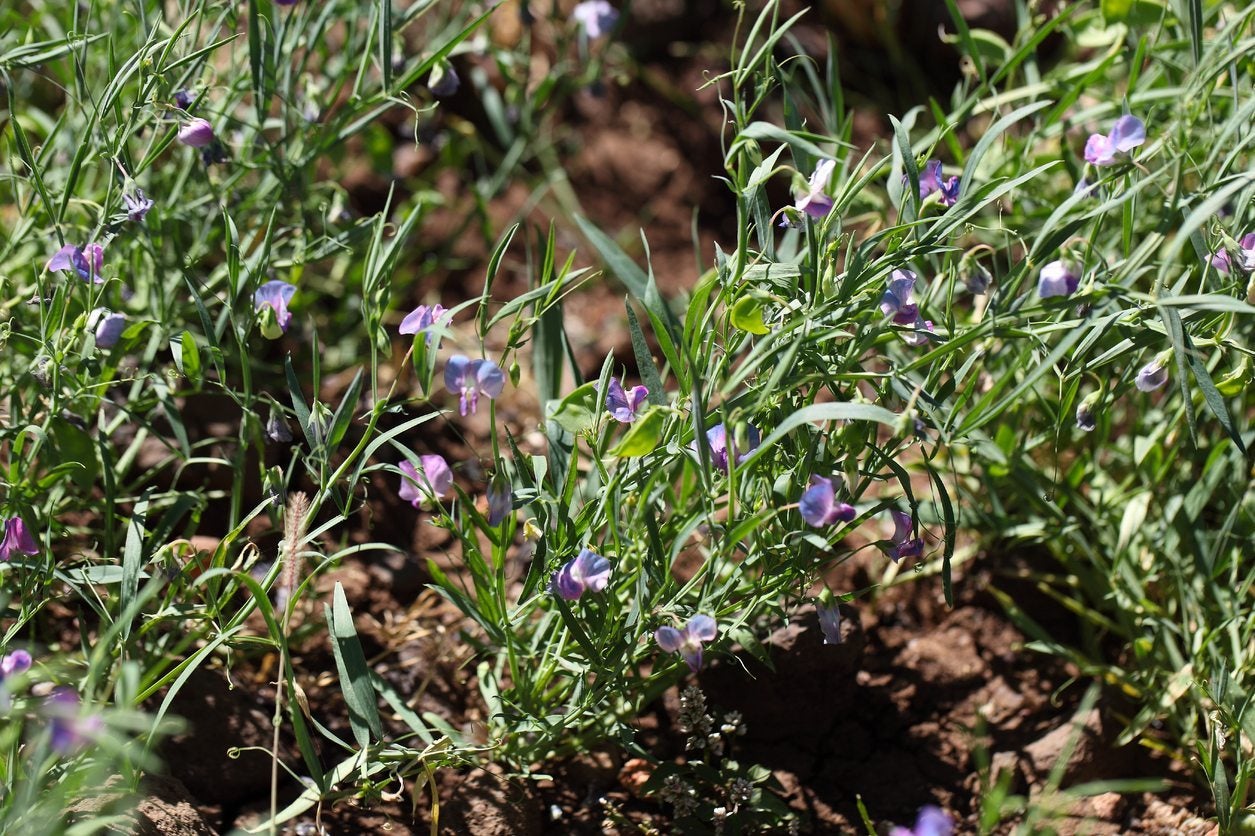 What Is Chickling Vetch – Growing Chickling Vetch For Nitrogen Fixing
What Is Chickling Vetch – Growing Chickling Vetch For Nitrogen FixingWhat is chickling vetch? Also known by various names such as grass pea, white vetch, blue sweet pea, Indian vetch, or Indian pea, chickling vetch is a nutritious legume grown to feed livestock and humans in countries around the world. Learn more about the plant here.
By Mary H. Dyer
-
Establishing Kura Clover: Learn How To Grow Kura Clover Plants
You no doubt have heard about the four-leaf clover, but few gardeners are familiar with kura clover plants. Kura is a forage legume and if you are interested in growing kura as a groundcover or establishing kura clover for some other use, this article will help.
By Teo Spengler
-
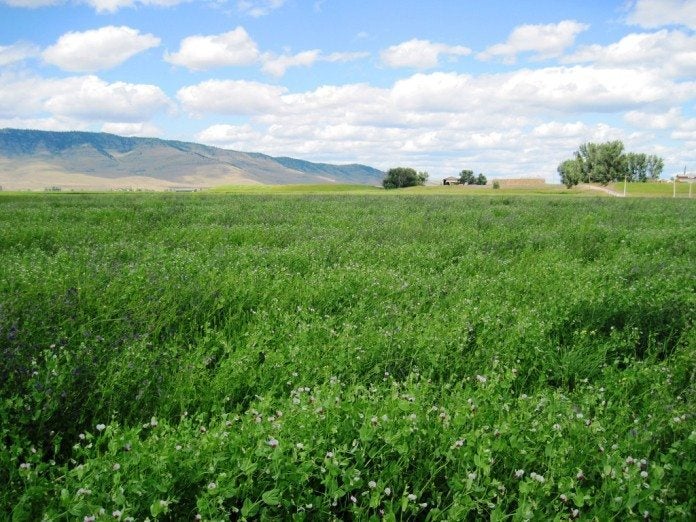 What Are Austrian Winter Peas: A Guide To Growing Austrian Winter Peas
What Are Austrian Winter Peas: A Guide To Growing Austrian Winter PeasWhat are Austrian winter peas? Also known as field peas, Austrian winter peas have been grown around the world for centuries, primarily as a valuable source of nutrition for humans and livestock. Click this article for info on growing Austrian winter peas.
By Mary H. Dyer
-
 Berseem Clover Plants: Growing Berseem Clover As A Cover Crop
Berseem Clover Plants: Growing Berseem Clover As A Cover CropBerseem clover cover crops provide excellent nitrogen in soil. The plants are also quite attractive in bloom when used as an annual groundcover. Learn how to grow berseem clover and harness all its benefits in your garden by clicking the following article.
By Bonnie L. Grant